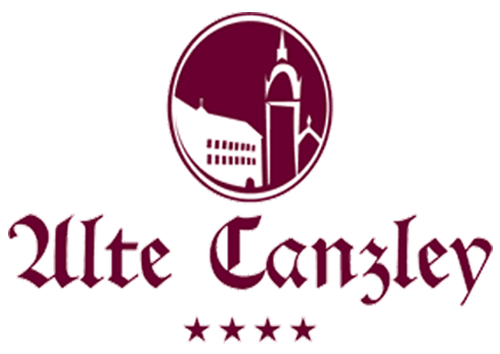The Luther Memorial in Wittenberg – UNESCO World Heritage Site since 1996
From the end of the 15th century, Wittenberg was the electoral seat of Frederick the Wise. His astute policies, the university founded in 1502 and the influence of Luther and other reformers combined to make the town a leading centre of religious and cultural life in Europe. From 1511 Martin Luther lived and worked in the town’s Augustinian Monastery as a monk and a scholar. Evidence of the town’s Reformation and Renaissance traditions as well as its fascinating past is still visible today.
The beautiful old quarter is like an open-air museum with magnificent stone buildings wherever you look, while the town church where Luther preached his sermons is an important location in Reformation history. On October 31, 1517, Luther nailed his 95 Theses to the door of the castle church, which is also significant as the burial site of Luther and Melanchton. In 2017 Germany will celebrate 500 years of Reformation.
The “Schlossplatz” (Castle Place) in Wittenberg – the site between the thesis door and our hotel – is an official UNESCO world heritage site.


